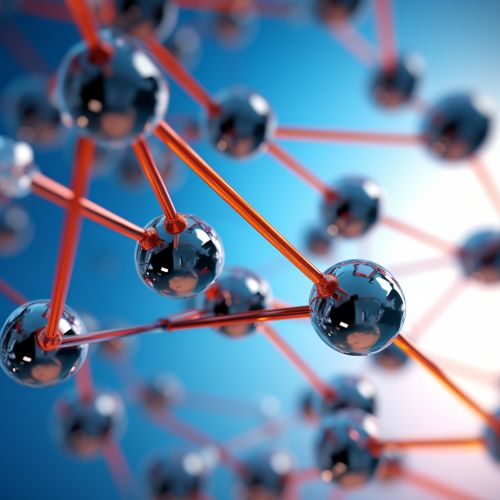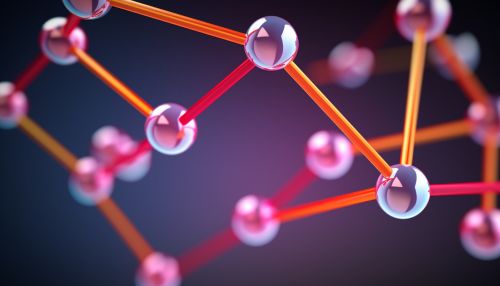Monomer
Introduction
A monomer is a molecule that can bind chemically to other molecules to form a larger macromolecule or polymer. Monomers can be identical, or they can have structural variations. The process of converting monomers into polymers is known as polymerization.
Structure of Monomers
Monomers are typically composed of carbon, hydrogen, oxygen, and nitrogen atoms. They can be simple structures like ethylene (C2H4) or complex structures like glucose (C6H12O6). The structure of a monomer determines the properties of the resulting polymer. For example, the monomer ethylene, when polymerized, forms polyethylene, a common plastic.


Types of Monomers
There are two main types of monomers: addition monomers and condensation monomers.
Addition Monomers
Addition monomers, such as ethylene, contain double or triple bonds between carbon atoms. These bonds can be broken and the atoms can be linked to other monomers to form a polymer. This process is known as addition polymerization.
Condensation Monomers
Condensation monomers, such as amino acids, contain two different functional groups that can react with each other to form a polymer. This process is known as condensation polymerization and results in the elimination of a small molecule, usually water.
Monomers in Nature
Monomers are the building blocks of many natural substances. For example, amino acids are the monomers that make up proteins, and nucleotides are the monomers that make up DNA and RNA. Monosaccharides, such as glucose, are the monomers that make up complex carbohydrates.
Monomers in Industry
Monomers are also used in the production of synthetic materials. For example, the polymerization of ethylene produces polyethylene, a common plastic. The polymerization of styrene produces polystyrene, another common plastic. The properties of these materials can be modified by changing the structure of the monomer or by using different monomers to create copolymers.
Monomer Synthesis
Monomers can be synthesized in a variety of ways. For example, ethylene can be produced from natural gas or petroleum. Amino acids can be synthesized in the laboratory from simpler compounds. The synthesis of monomers is a critical step in the production of polymers.
Health and Safety Considerations
While many monomers are harmless, some can be hazardous. For example, vinyl chloride, a monomer used in the production of PVC plastic, is a known carcinogen. Therefore, it is important to handle monomers with care and to use appropriate safety measures when working with them.
